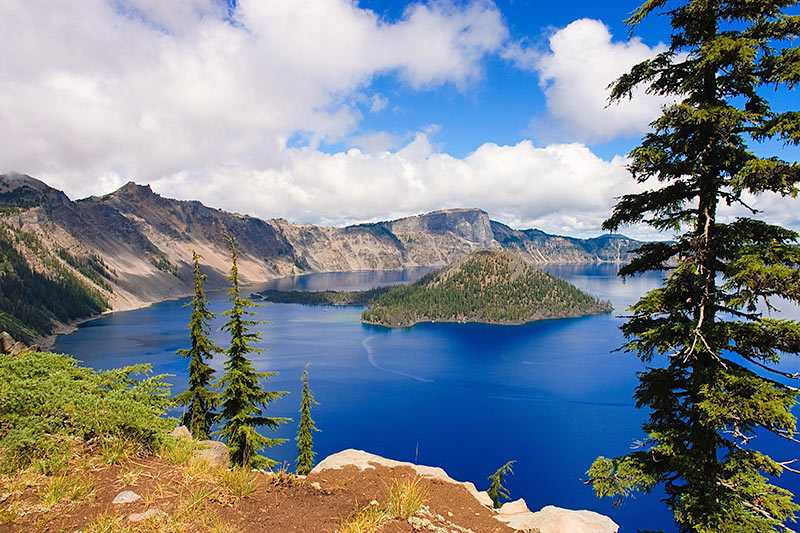Crater Lake National Park
About Crater Lake National Park
Crater Lake National Park was established in Oregon in 1902, the fifth oldest of the US national parks. The area measures 741.4 km2 (286.2 sq mi) in tot...
About Crater Lake National Park
Crater Lake National Park was established in Oregon in 1902, the fifth oldest of the US national parks. The area measures 741.4 km2 (286.2 sq mi) in total and its centrepoint is the eponymous lake, formed by the eruption of the volcano Mount Mazama, around 5700 BC.
Surrounded by mountains and evergreen forests, it is the deepest in the US,...
Attractions near Crater Lake National Park
Activities
About Crater Lake National Park
About Crater Lake National Park
Crater Lake National Park was established in Oregon in 1902, the fifth oldest of the US national parks. The area measures 741.4 km2 (286.2 sq mi) in total and its centrepoint is the eponymous lake, formed by the eruption of the volcano Mount Mazama, around 5700 BC.
Surrounded by mountains and evergreen forests, it is the deepest in the US, with a maximum depth of 588.8 m (1,932 ft) – averaging 457.2 m (1,500 ft) across its entire stretch. It covers 54.3 km2 (21 sq mi) of remarkable blue water which rarely freezes and contains no indigenous fish – although several species introduced between 1888 and 1941 such as the Kokanee Salmon and Rainbow Trout now thrive here.
Activities
In the lake at its west end lies Wizard Island, a volcanic cinder cone, which reaches almost 1,219.2 m (4,000 ft) above sea level. Access is available in summer months only when boat tours are in operation. One of the two hiking paths zigzags up the flanks of the cone and leads round the top of the crater, providing excellent views across the lake.
The park contains more than 144.8 km (90 mi) of hiking trails. There are no roads leading to the lake – the main and only legal public access is on foot via the Cleetwood Trail. No license is needed to fish in the area, which has become a magnet for fishermen. Swimming in the lake is permitted, but the window for all these activities is limited by the weather – summer is short and heavy snow is common in spring, autumn and winter, which can close or restrict access to many areas of the park.
